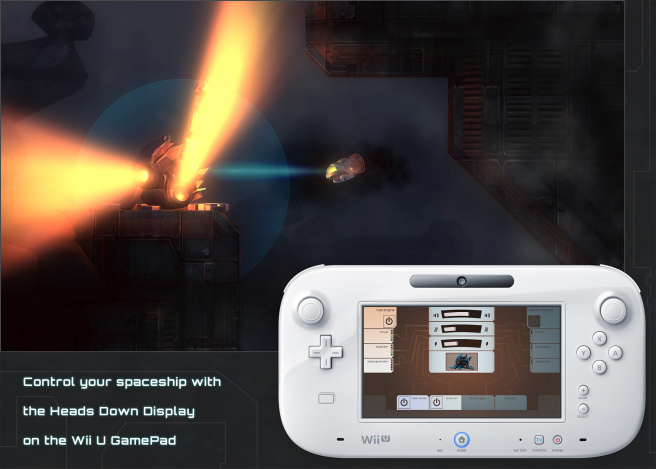Affordable Space Adventures details
Shacknews published a new preview for Affordable Space Adventures today after getting some hands-on time with the game at GDC. You can find information rounded up from the report – plus a few words from KnapNok co-founder Dajana Dimovska – in our summary below. Shacknews’ full article is located here.
– Take control of a broken-down spaceship
– Ship has endured heavy damage and is stranded on a dangerous planet
– Need to guide it to safety and avoid hazards along the way
– The ship will regain its functionality and slowly regenerate abilities as you play
– Player manually controls all elements of the spaceship’s functions through the GamePad touch screen
– Ex: touch the ignition to activate the ship before flying with the dual control sticks
– More elements of the combustion engine opened up, like thrust engines and stabilizers
– GDC demo lets you switch to an electric engine with its own abilities later on
“Nifflas is the core designer of the spaceship and all the engines. The idea is very inspired by spaceship games in general, but also movies like Star Trek. There was also thinking about properties or engines where we could have different environments, so we came up with this electrical and fuel engine. They’re very different, like one produces heat and one is noisier than the other. We tried to come up with systems that are very different from each other to come up with different kind of gameplay.”
– Stages are straightforward and linear
– Players search for the exit
– Puzzles are tied to the ship’s abilities
– This includes sequences that require aiming with the R button and firing off a beacon to press switches and open doors
– Other puzzles are significantly more dangerous, as hostile robots will begin to litter areas
– You can scan robots to indicate how far their lasers can reach
– Will need to sometimes fly through a robot’s line of sight, but detection is avoidable, as long as certain conditions are met
– Ex: one robot can detect heat, so you have to lower the ship’s thrusters and set the stabilizers to their lowest setting to make sure that they didn’t trigger the robot’s sensors
